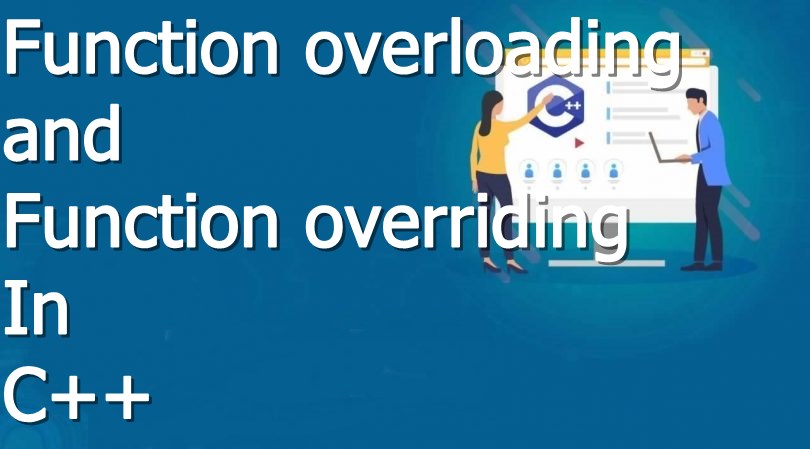
In this article, we will learn about c++ switch statement.The C++ switch statement executes one statement from multiple conditions. It is like if-else-if ladder statement in C++.
The following rules apply to a switch statement :
- The expression used in a switch statement must have an integral or enumerated type, or be of a class type in which the class has a single conversion function to an integral or enumerated type.
- You can have any number of case statements within a switch. Each case is followed by the value to be compared to and a colon.
- The constant-expression for a case must be the same data type as the variable in the switch, and it must be a constant or a literal.
- When the variable being switched on is equal to a case, the statements following that case will execute until a break statement is reached.
- When a break statement is reached, the switch terminates, and the flow of control jumps to the next line following the switch statement.
- Not every case needs to contain a break. If no break appears, the flow of control will fall through to subsequent cases until a break is reached.
- A switch statement can have an optional default case, which must appear at the end of the switch. The default case can be used for performing a task when none of the cases is true. No break is needed in the default case.
Below is the structure of switch statement
switch(expression){
case value1:
//code to be executed;
break;
case value2:
//code to be executed;
break;
......
default:
//code to be executed if all cases are not matched;
break;
} C++ switch example
#include <iostream>
using namespace std;
int main () {
int num;
cout<<"Enter a number to check grade:";
cin>>num;
switch (num)
{
case 10: cout<<"It is 10"; break;
case 20: cout<<"It is 20"; break;
case 30: cout<<"It is 30"; break;
default: cout<<"Not 10, 20 or 30"; break;
}
} Output:
Enter a number: 10 It is 10
Output:
Enter a number: 55 Not 10, 20 or 30
Another C++ switch example
#include <iostream>
using namespace std;
int main () {
// local variable declaration:
char grade = 'D';
switch(grade) {
case 'A' :
cout << "Excellent!" << endl;
break;
case 'B' :
case 'C' :
cout << "Well done" << endl;
break;
case 'D' :
cout << "You passed" << endl;
break;
case 'F' :
cout << "Better try again" << endl;
break;
default :
cout << "Invalid grade" << endl;
}
cout << "Your grade is " << grade << endl;
return 0;
}This would produce the following result −
You passed Your grade is D







